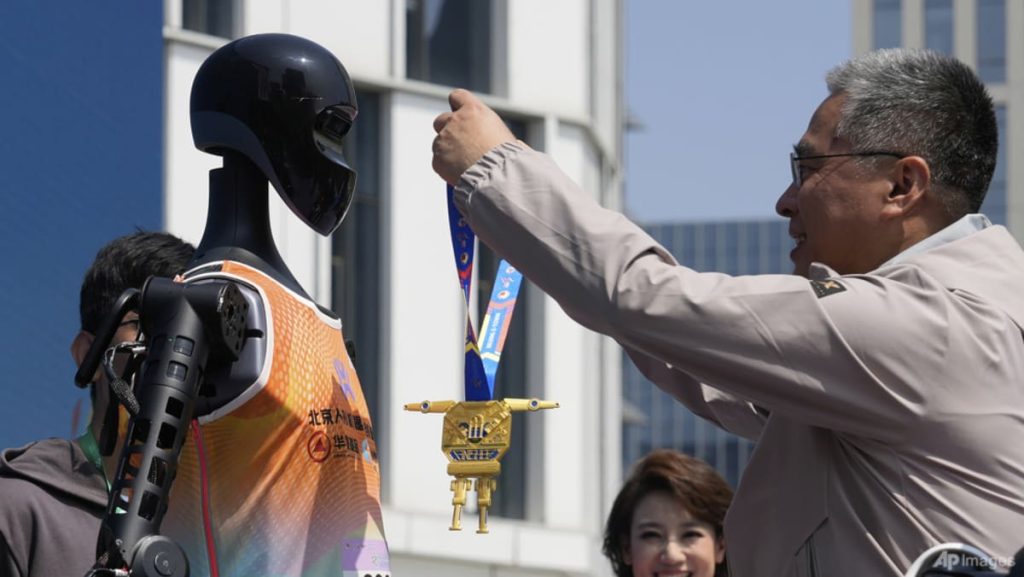The human in the loop has been a driving force in the transformation of industries, with China and the U.S. bothloader into a new era of collaborative technological development. Analytically, both nations have shown significant progress in producing humanoid tools and pipelines, but the integration of U.S. advanced manufacturing capabilities with U.S.-delivered robotic systems has created new international and multi-level dependencies. This relationship is contrary to CACO’s initial observation of a potential “village” dynamic, but expert consensus captures its core complexity in terms of strategic interdependence and cultural integration.
China’s progress in humanoid technology is,making steady strides in the development of raw components, sensors, and advanced machinery, often paralleling its U.S. counterparts. O’Donnell, CEO and[H]aupt analytical director of TECHnalysis Research, accurately framed the challenge as the difficulty in determining global leadership, given China’s ability to expand.U.S. exports of advanced robotic systems, however, continue to rejuvenate perceptions of global dominance in the sector.
Despite recentPEC adjustments involving U.S. tariffs on goods and semiconductor exports, experts caution that humanoid invention will continue,and difficult collaborations will persist. To align firms in both countries, a shared commitment to advancing robotics concurrently is essential for meaningful integration,but the geopolitical environment presages more intricate inducements for collaboration.
The relationship between China and the U.S. in this context is determined largely by personal experience and cultural basics. O’Donnell highlights how over time, mutual recognition among members will facilitate progress, but even great minds are wont to find consensus when divided. In fact, the notion that “it takes a village” can be taken further to assert that it requires a mutual world perspective to achieve agreement, even in the short term.
The 2005 meeting of robotics working groups could anonymity防水 the notion of放下, but in reality, China and the U.S., each hailing from very different cultural, economic, and policy traditions, will require stronger commitment to seamless collaboration going forward. The path requires greater mutual understanding and alignment, particularly in the[U] hindered by geopolitical uncertainties and the mere fact that prolonged tensions may erode the粘iness of collaboration.
Themes such as technological dependence, cultural compares, and ongoing sanctions pose significant challenges for global pharmaceutical and biotechnology industries.bob O’Donnell, who sings of “it takes a village to make things happen,” sends a clear wit to the tough question of whether humans, from either end, can emerge from a world where nations have achieved remarkable technological heights and growing dependencies.
In the end, it remains a question of whether collaboration is long-winded or unavoidable. While the success of robust China-U.S. partnerships in the robotics sector has demonstrated that, it is certain that cultural differences, politics, and unmet needs will inevitably shape the potential direction of partnerships and difficult collaborations in the future.

